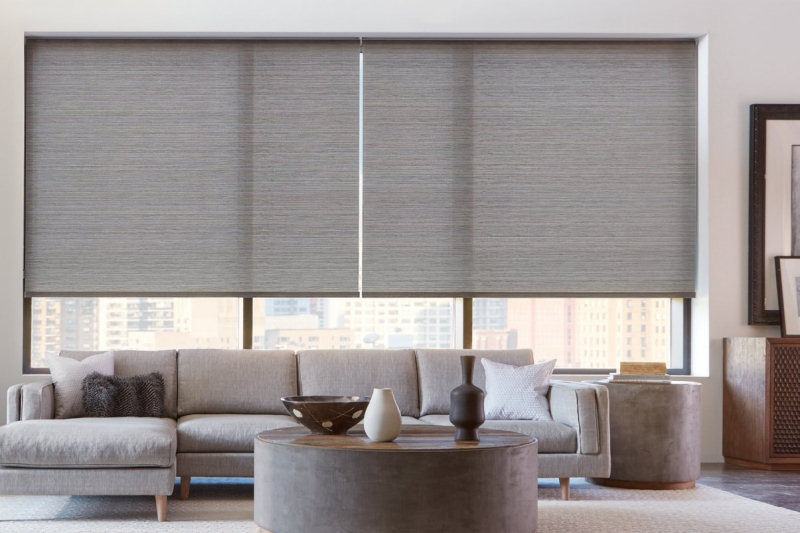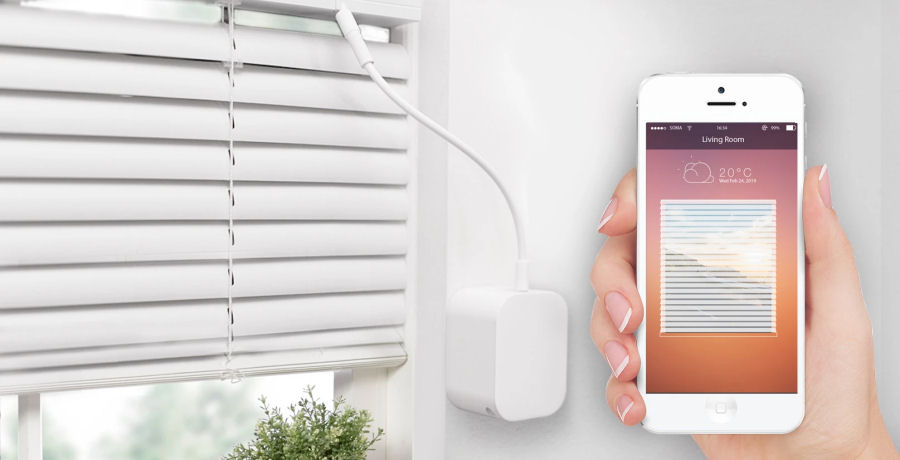

It is very easy to spend vast sums of money installing motorised blinds and it is often better to purchase the blind hardware, drive motor and controller separately to get exactly the user experience you require, whilst saving lots of money.
And a huge part of that user experience is down to the quality of the components used. Things like 'soft start', quiet and smooth operation and a reasonable speed of movement will play a big part in the overall satisfaction. Reliability of the control and hardware will also be a big factor.
It is critical that you buy motorised blinds that support the control mechanisms you want as part of your overall user experience. This means deciding on whether you require roller blinds or Venetian blinds. The latter have the option of slats that can be tilted to vary the amount of light they let through.
Blinds that are purely operated by voice control will rapidly become frustrating, especially if you have lots of them. It is much better to have intelligent automation that works with full context and adapts to the occupants and local environment. Simply putting motorised blinds on 'dumb' schedules will also prove frustrating. If you want to be able to partially open or close blinds, then make sure the controller and associated user interfaces allow this.With both blinds and curtains, it can look good when they all move in unison, especially along one wall. This can create a very high load though and the control system and power supply needs to be able to handle the peak loads generated by operating multiple devices at once. It is often better to close the blinds in sequence, especially those in multiple rooms.
A contextual smart home can make for a much better and more powerful NOT DEFINED in (for example) an app, to open them at sunrise and close them at sunset, it is possible to control them much more intelligently and use adaptive rules. It is possible to deliver a zero-touch user experience.

As well as automated control of the blinds, it is a good idea to think about the manual controls required, so that you can override any automation if required. Typically, this would mean installing switches local to each blind and ensuring that the operation is both simple and intuitive.
Simple switches are capable of powerful control, if the right controller is used. The above switch could full open or close a blind with a brief press but, it may also allow partial open or close by pressing and holding the switch for a brief period of time. Once in motion in one direction, pressing the opposite button may bring it to an immediate halt.
With many blinds along one wall of a room, this could result in many switches and a cluttered look. It may be better to have one switch, that provides manual control of a group of blinds. This is often easier said than done though and our approach of using technology abstraction makes it much easier to separate the user interface (i.e. the switches) from the physical device (i.e. the blind controller) and it is possible to use very small and subtle, flush mounted switches and they don't have to be ones that fit to a standard wall box.
Also think give some though about how your electric blinds are powered. You don't want to find yourself unable to open blinds during a power cut, whilst stuck in a dark house.
The main disadvantage with roller blinds is that they cannot be tilted like Venetian blinds to let a little bit of light through. The only option is to partially raise or lower them.
A smart roller blind can be broken down into a number of disrete components:
It is is important that you buy the right fabric for your intended application. The colour or pattern is important but the level of light that passes through it is another key factor. In bedrooms, a 'blackout' blind is often desirable as this lets no light through at all. Careful thought and design is required with blackout blinds though, to ensure minimal light leakage at the edges of the installation.
Roller blinds themselves can often be bought more cheaply and to the exact size, pattern and specification by going to a proper blind manufacturer. You need to tell them that you intend to motorise/automate them though, so that they can fit the right diameter and style of central tube. Some will also provide the 'dumb' motors.
Motorised blind tube motors use either a 220/110V ac motor or 12V/24V dc. The use of mains voltages is recommended for larger blinds as the motors are more powerful.
When buying branded smart blinds you are buying into an 'eco-system' and the user experience and the various user interfaces that it supports. This can be very limiting, especially when the time comes to sell your property.
Pleated blinds use cords to raise and lower them and also don't have a 'tilt' function to regulate the amount of light passing through them.

Venetian blinds can be automated in two ways. Automation can be used to raise and lower the blind or it can be used to rotate/tilt the slats whilst the blind is lowered.

SOMA Tilt is one product that allows you to retrospectively automate the tilt of existing blinds. It doesn't provide any manual override but enables app control and Amazon Alexa, Apple HomeKit and Google Home voice assistants to control them. The app supports simple scheduling and the system can be solar powered, though the solar panel and associated cable are not attractive or subtle.
Our contextual smart home models different types of blinds as types 'Blind' and 'Venetian':
A 'Blind' blind is either fully 'Open' (up) or fully 'Closed' (down) and intermediate steps are also possible. Unlike an object like a dimmable lamp, a blind will not remember its partial open position, so a request to open it will always fully open it, unless a new target is specified.
A 'Venetian' blind is also either 'Open' (up) or 'Closed' (down) and again, we also model intermediate steps. In addition, we also model the tilt of the slats as a value between +90° and -90°, where 0° means the slats are horizontal and +90° it the front edge pointing fully upwards. I practice, the limits are nearer 85° and -85°.